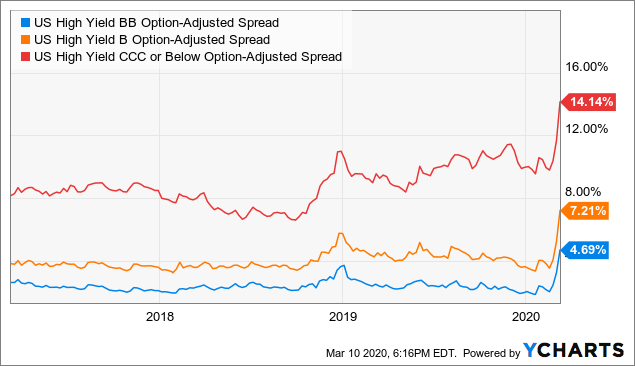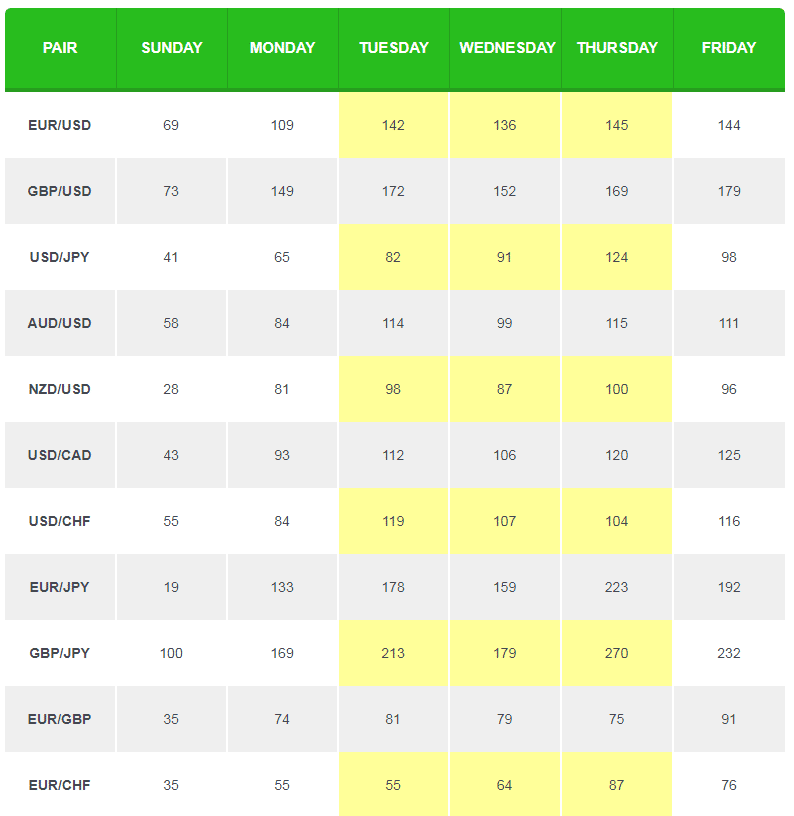
Demo trading can provide valuable experience and knowledge of the Forex market. It becomes an impediment after a certain point. You can still make use of it to learn the ropes of trading without risking any money. These are some tips to maximize the potential of this program:
Trading with virtual cash
Demo accounts are available on some trading platforms. These demo accounts allow you to test your trades and practice them without having to risk real money. The Think or Swim platform of TD Ameritrade lets you trade with virtual currency and features many advanced trading options. NinjaTrader is one such option. NinjaTrader provides simulation tools to help traders practice strategies and also offers a virtual currency marketplace. This is a great option for novice traders who aren't sure about the risks involved in trading real money.

Position size
One of the best tools you have to improve your trading success is the ability adjust your position size. Trader who only takes 20% risk will find it difficult to keep calm and be quick to act. If the position goes against him, he'll likely feel panicky and stress. On the other hand, a trader who risks only one percent of his capital will likely be calm and collected even if the position moves in his favor.
Slippage
Slippage is the price difference that exists between the order's entry and the close price. Slippage can cause serious problems when trading on the live market as it can interfere with your trading plan. Slippage can also result in increased losses and decreased profits. Slippages during demo trading are very rare and are unlikely to happen. Here are some reasons slippage may occur in demo accounts. Continue reading to learn how you can prevent it.
Trading environment
A demo trader trading environment allows you to simulate all of the conditions of a live trading environment, except for the actual market availability. It means that you can place any volume for any spread. The difference between live trading and a demo trading environment is that live trading is subject to market availability and spreads increase the actual costs of trading. Demo accounts can have spreads and data feeds that are different from live trading.

Trading strategies
There are some key differences in demo trading and live trades. Live trading means that traders will be taking on real risk while demo trading does not. They must however, follow risk management strategies to avoid losing any money. Demo accounts allow traders to make mistakes but not lose real money. They can update their trading journals and practice risk management tools before they begin real trading. Traders can practice large transactions with no real risks by using demo trading.
FAQ
What are the pros of investing through a Mutual Fund?
-
Low cost - buying shares directly from a company is expensive. Purchase of shares through a mutual funds is more affordable.
-
Diversification is a feature of most mutual funds that includes a variety securities. If one type of security drops in value, others will rise.
-
Professional management – professional managers ensure that the fund only purchases securities that are suitable for its goals.
-
Liquidity- Mutual funds give you instant access to cash. You can withdraw your funds whenever you wish.
-
Tax efficiency - Mutual funds are tax efficient. As a result, you don't have to worry about capital gains or losses until you sell your shares.
-
There are no transaction fees - there are no commissions for selling or buying shares.
-
Mutual funds are easy-to-use - they're simple to invest in. All you need is a bank account and some money.
-
Flexibility – You can make changes to your holdings whenever you like without paying any additional fees.
-
Access to information – You can access the fund's activities and monitor its performance.
-
You can ask questions of the fund manager and receive investment advice.
-
Security - you know exactly what kind of security you are holding.
-
You can take control of the fund's investment decisions.
-
Portfolio tracking allows you to track the performance of your portfolio over time.
-
Easy withdrawal - it is easy to withdraw funds.
There are disadvantages to investing through mutual funds
-
Limited selection - A mutual fund may not offer every investment opportunity.
-
High expense ratio - the expenses associated with owning a share of a mutual fund include brokerage charges, administrative fees, and operating expenses. These expenses eat into your returns.
-
Lack of liquidity: Many mutual funds won't take deposits. They must only be purchased in cash. This restricts the amount you can invest.
-
Poor customer service - there is no single contact point for customers to complain about problems with a mutual fund. Instead, you will need to deal with the administrators, brokers, salespeople and fund managers.
-
It is risky: If the fund goes under, you could lose all of your investments.
What is the difference?
Brokers are people who specialize in helping individuals and businesses buy and sell stocks and other forms of securities. They take care of all the paperwork involved in the transaction.
Financial advisors are experts in the field of personal finances. They are experts in helping clients plan for retirement, prepare and meet financial goals.
Banks, insurance companies and other institutions may employ financial advisors. They may also work as independent professionals for a fee.
Consider taking courses in marketing, accounting, or finance to begin a career as a financial advisor. Also, you'll need to learn about different types of investments.
What is security on the stock market?
Security is an asset which generates income for its owners. Most common security type is shares in companies.
Different types of securities can be issued by a company, including bonds, preferred stock, and common stock.
The earnings per share (EPS), and the dividends paid by the company determine the value of a share.
When you buy a share, you own part of the business and have a claim on future profits. If the company pays you a dividend, it will pay you money.
You can sell your shares at any time.
Why is a stock security?
Security is an investment instrument, whose value is dependent upon another company. It could be issued by a corporation, government, or other entity (e.g. prefer stocks). The issuer promises to pay dividends to shareholders, repay debt obligations to creditors, or return capital to investors if the underlying asset declines in value.
Statistics
- "If all of your money's in one stock, you could potentially lose 50% of it overnight," Moore says. (nerdwallet.com)
- Individuals with very limited financial experience are either terrified by horror stories of average investors losing 50% of their portfolio value or are beguiled by "hot tips" that bear the promise of huge rewards but seldom pay off. (investopedia.com)
- US resident who opens a new IBKR Pro individual or joint account receives a 0.25% rate reduction on margin loans. (nerdwallet.com)
- Ratchet down that 10% if you don't yet have a healthy emergency fund and 10% to 15% of your income funneled into a retirement savings account. (nerdwallet.com)
External Links
How To
How to create a trading strategy
A trading plan helps you manage your money effectively. This allows you to see how much money you have and what your goals might be.
Before you start a trading strategy, think about what you are trying to accomplish. You may wish to save money, earn interest, or spend less. You may decide to invest in stocks or bonds if you're trying to save money. If you're earning interest, you could put some into a savings account or buy a house. And if you want to spend less, perhaps you'd like to go on holiday or buy yourself something nice.
Once you have a clear idea of what you want with your money, it's time to determine how much you need to start. It depends on where you live, and whether or not you have debts. Consider how much income you have each month or week. Your income is the net amount of money you make after paying taxes.
Next, make sure you have enough cash to cover your expenses. These include rent, bills, food, travel expenses, and everything else that you might need to pay. All these things add up to your total monthly expenditure.
The last thing you need to do is figure out your net disposable income at the end. That's your net disposable income.
This information will help you make smarter decisions about how you spend your money.
Download one from the internet and you can get started with a simple trading plan. Ask someone with experience in investing for help.
Here's an example of a simple Excel spreadsheet that you can open in Microsoft Excel.
This displays all your income and expenditures up to now. Notice that it includes your current bank balance and investment portfolio.
And here's a second example. This was designed by a financial professional.
It will allow you to calculate the risk that you are able to afford.
Remember: don't try to predict the future. Instead, think about how you can make your money work for you today.